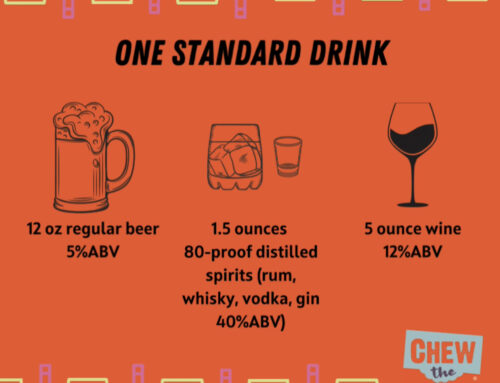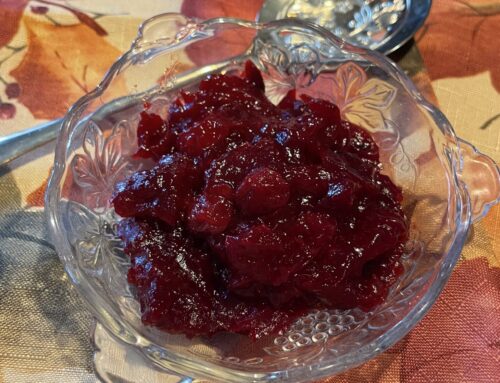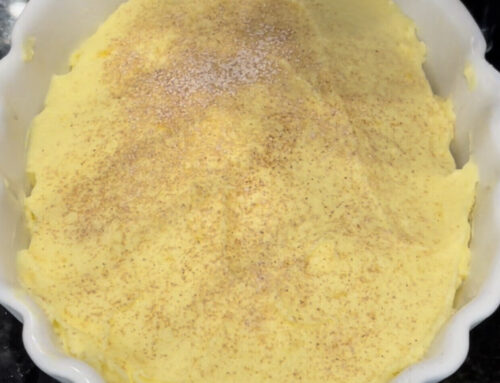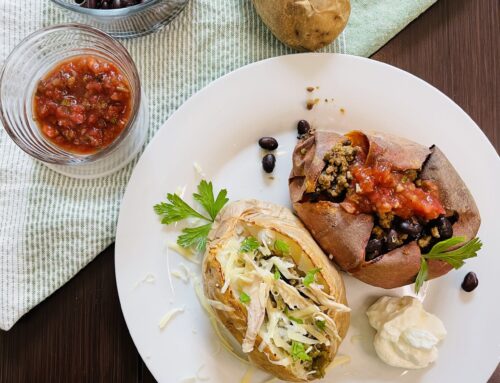What do these terms mean to you? For a few years now, food manufacturers like to use the word “natural” on product labels since consumers seem to gravitate toward it. Unfortunately, from a food labeling standpoint, there is no clear definition of “natural”, so products labeled as such can intermingle with some “not-as-natural” products, and that the label alone doesn’t always mean much.
So what is a natural food? Well, an easy definition could be foods that are available as they are found in nature. A green bean that’s snipped off the vine, and apple plucked off the tree, a walnut from its shell, and a fresh egg straight from the hen house.
But what about all of the packaged foods on the market that make the “natural” claim? For instance, during a recent trip to the store, I noticed a company called Rice Works makes snack chips that are made from brown rice. So you may think: “Brown rice is better for me and higher in fiber” and that’s true. But do you benefit from getting your daily dose of fiber from a packaged snack food? And are these types of snacks really better than the old-fashioned potato chips (which they apparently aim to be replacements for)? Well, basically, no.
Take a close look at the bottom line on the Nutrition Facts label.
One ounce of the Rice Works chips provide:
140 calories
6 grams of fat
120 milligrams of sodium (up to 200 mg in some flavors)
1 gram of fiber
The Rice Works chips contain brown rice and up to 20 other ingredients
Compare this to an ounce of Cape Cod Original potato chips:
140 calories
8 grams of fat
150 milligrams of sodium
<1-gram fiber
The potato chips contain potatoes, oil and salt.
So which is “healthier”?
This is the dilemma that many consumers have, although it’s really not a dilemma at all. The answer? Neither product is healthy if consumed in large quantities, every day. They aren’t “every day” foods, they are both “sometimes” foods. I recommend eating the one you enjoy more, but not putting the health halo on the brown rice chip.
It’s not about which snack you choose, it’s about how often you choose them and the size of the portion you consume. But, it is interesting that the Rice Chip tries to act like a health food, and yet the good ‘ole potato chip has simply three ingredients and a very similar calorie, fat and sodium profile.
Remember this as you check out new products in the “health food section” of the grocery store. Take a close look at them, and don’t assume that just because they are packaged in healthy-looking wrappers, they are automatically healthier than the original or alternative. A packaged treat is just that – a treat.
Side Note – My Healthy Snack On the Go
Almonds are one of our favorite snacks. We keep a large jar in the van for road trips, and I keep a small tin of them in my purse for times when I’m late for a meal and hungry. The purpose of snack time is to offer you some nutrition and energy to hold you over until the next meal, so snacks can play an important role in your diet. Stick to the basic food groups for snacks – fresh fruits and veggies, nuts – and enjoy packaged snacks only as a treat on occasion, or perhaps when traveling (some packaged snacks are particularly conducive to picnicking, hiking, biking and similar activities).





